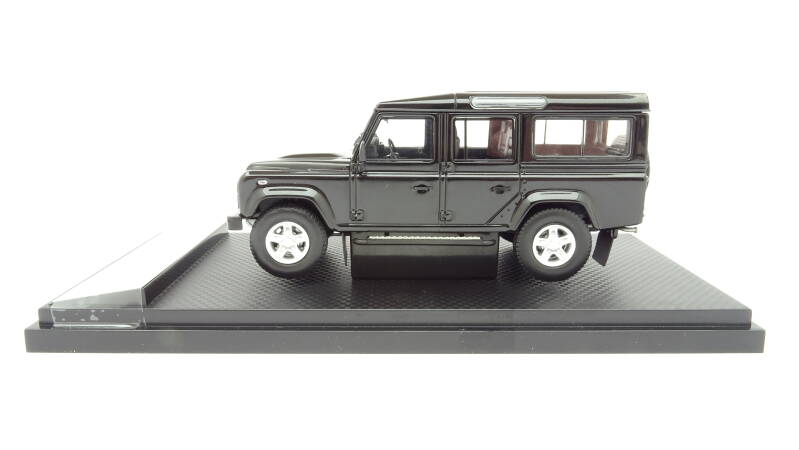

The Land Rover name was created in 1948 by the Rover Company for a utilitarian 4WD off-roader.
Land Rover is a luxury car brand that specialises in four-wheel-drive vehicles, owned by British multinational car manufacturer Jaguar Land Rover, which has been owned by India's Tata Motors since 2008. The Land Rover is regarded as a British icon, and was granted a Royal Warrant by King George VI in 1951. The Land Rover name was originally used by the Rover Company for the Land Rover Series, launched in 1948.


Headquarters: Rover Company, Solihull, West Midlands, United Kingdom, 1948-1967

Parent: Leyland Motor Corporation, Leyland, England, 1967-1968

Parent: British Leyland, Oxfordshire, United Kingdom, 1968-1978

Parent: Land Rover Ltd., Oxfordshire, United Kingdom, 1978-1994

Parent: BMW, Munich, Germany, 1994-2000

Parent: Ford, Dearborn, Michigan, US, 2000-2008

Parent: Tata Motors,Mumbai, India, 2008-now



The Land Rover Range Rover (generally known simply as a Range Rover) is a 4x4 vehicle produced by Land Rover, a marque and sub-brand of Jaguar Land Rover, which is a subsidiary of Tata Motors. The Range Rover line was launched in 1970 by British Leyland. Additional sub-brands were launched under the Range Rover name, including the Range Rover Sport, Range Rover Evoque, and Range Rover Velar.














Occasionally called "The Olympics of 4x4", Camel Trophy was an off-road vehicle oriented competition that was held annually between 1980 and 2000, and it was best known for its use of Land Rover vehicles over challenging terrain. The event took its name from its main sponsor, the Camel cigarette brand.








Land Rover Discovery, sometimes referred to as "Disco" in slang or popular language, is a series of medium to large premium SUVs, produced under the Land Rover marque.
The series is currently in its fifth iteration (or generation, according to the manufacturer), the first of which was introduced in 1989, making the Discovery the first new model series since the launch of the 1970 Range Rover – on which it was based .










The Land Rover Defender (originally called simply Land Rover Ninety, and later called the Land Rover Ninety and Land Rover One Ten) is an off-road vehicle. It has four-wheel drive, and was developed in the 1980s from the original Land Rover series which was launched in April 1948.
The vehicle (a British equivalent of the Second World War Willys Jeep) gained a worldwide reputation for ruggedness and versatility.











The Land Rover Range Rover Sport, generally known as the Range Rover Sport, is a mid-size luxury SUV produced under their Land Rover marque, from the British manufacturer Land Rover, and later Jaguar Land Rover. The first generation (codename: L320) started production in 2005, and was replaced by the second generation Sport (codename: L494) in 2013, replaced by the third generation Sport (codename: L461) in 2022.


















1948-1968
1968-1978
1978-1986
1986-2013
2013-2023
2023-now







Create Your Own Website With JouwWeb